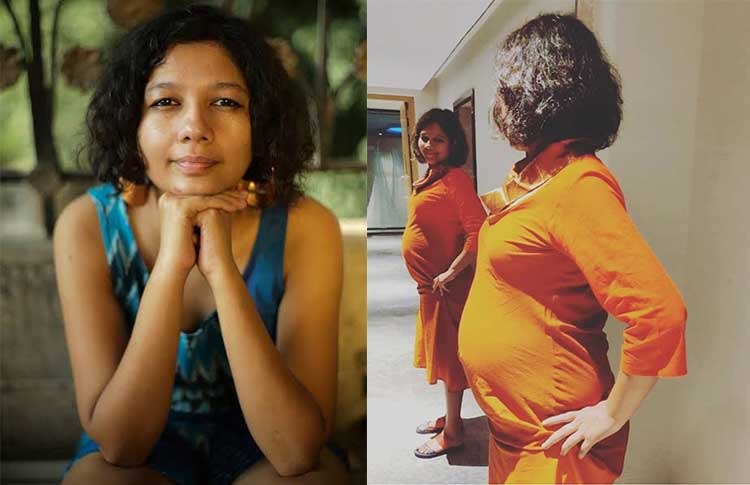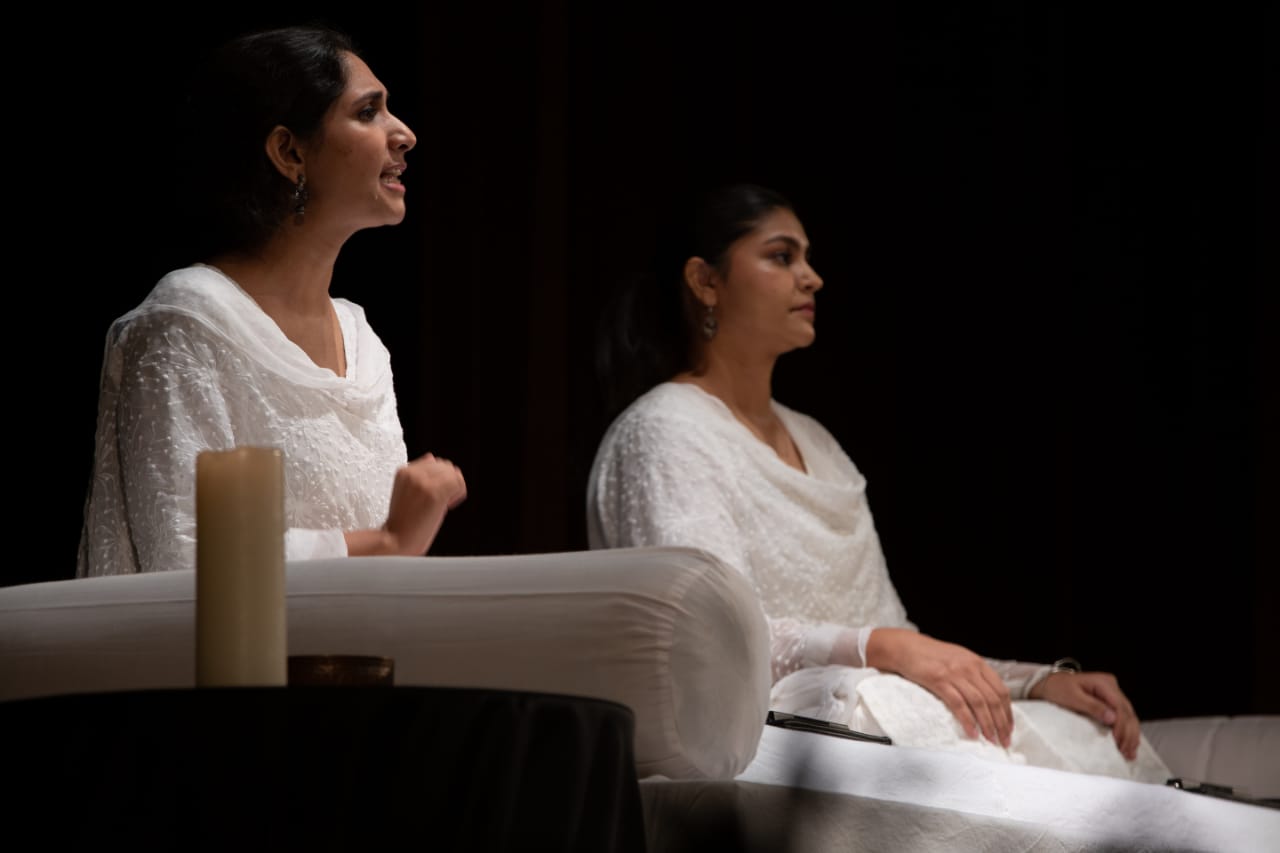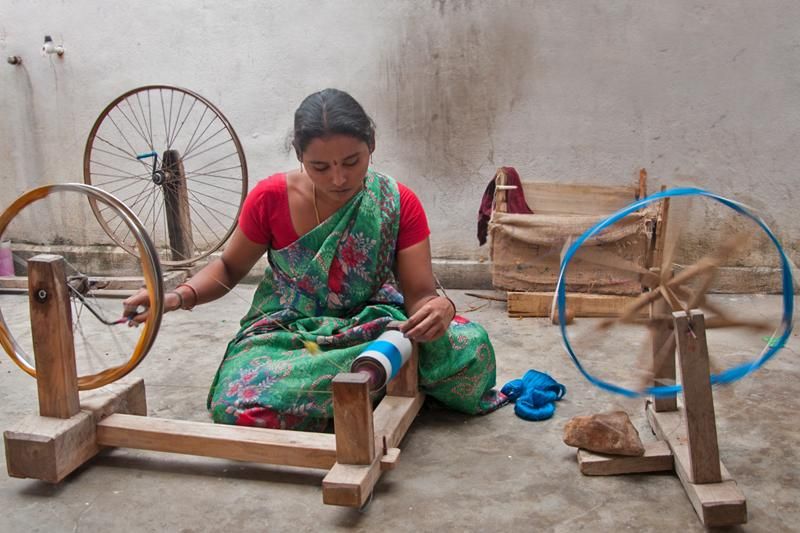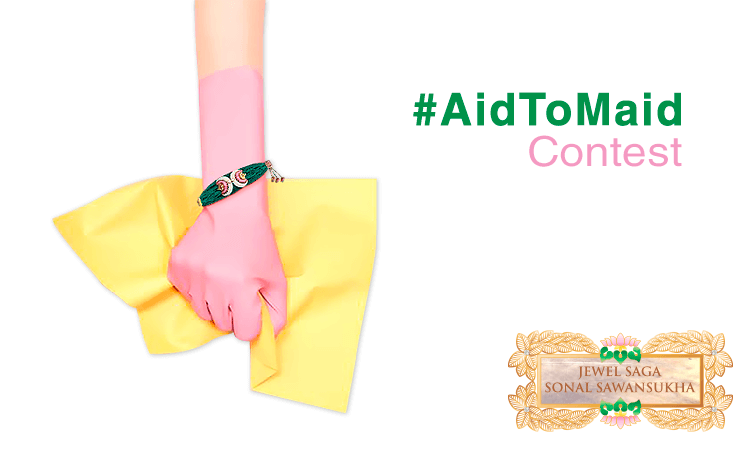The WASH Photo Project Aims At Showcasing The Effects Of Water Crisis In India
- IWB Post
- March 25, 2019

With more than 1 billion citizens residing in India, it is the second most populous country in the world, which is worst hit with water and sanitation crisis. While the World Bank estimates that 21 percent of communicable diseases in India are linked to the usage of unsafe water and the lack of hygiene practices, it is reported that more than 500 children under the age of five die each day from diarrhea in India alone.
On World Water Day, through ‘The Wash Photo Project’ exhibition held at DLF Promenade, New Delhi, we got a glimpse into the issues faced by rural communities due to a lack of access to clean water which leads to severe health implications.
Forced to walk miles, India’s water crisis hits the rural women of the country the hardest. Many rural communities who are situated on the outskirts of urban sprawl have little choice but to use well water to access groundwater sources which are also not a reliable source.
Take a look at the pictures documented by The WASH Photo Project, which shed a light on the issues faced by rural communities in the country.
“Sanjali Hasda lives in Asanbani village in Pakur district, Jharkhand with her two daughters. The village suffers from acute water shortage and is dependent on just one well and two streams that are perpetually dry. A few years ago, her elder daughter, Talabati (7) experienced severe stomach ache and would often fall sick.
Even though the elders feared that the lack of clean water was taking a toll on the younger generation, they consulted a local faith healer, popularly known as a witch-doctor. The superstitions led to Talabati’s stomach being pierced with warm needles multiple times to relieve the pain.”
‘Chandu Devi and Shalgi Devi at the well in Alakdiha village in Gaya district, Bihar. Women endanger their lives and lives of their babies, risking falls as they precariously balance on logs to pull water. A long walk through the jungle is the only way to reach this isolated tribal community. Women spend hours and walk miles every day to collect water which isn’t necessarily clean.”
“A ward in Sondhi village in Gaya district, Bihar is home to over a hundred families, but has only two hand pumps. One is an old styled hand pump, difficult to operate and often dry in the summers due to depleting groundwater levels, the second one is fixed near Gauri Devi’s house, a ward member, who has been fighting for roads, water, and proper drainage in her village.
The job is tough as the ward comes under the disputed land category even though the community has been there for over five decades. Gauri Devi spearheads the fight which becomes so entangled that the lack of access to water is no longer an issue of denial of basic amenities, but has become an emotional struggle governed by water.”
“Women from the Bhuiya tribe, an indigenous community in Gadia village in Deogarh district, Odisha break into an impromptu dance and distribute sweets as the first hand pump is installed in their village this year in January.
Prior to this, the villagers were dependent on rain-fed streams in the forest located around 2-3 km from their village. Gadia is home to around 30 people from the Bhuiya tribe. Men from the tribe work in the forests while women manage children and take care of household chores. A majority of the Bhuiya women have a characteristic nose piercing and their tattoos.”
“Until a few years ago, people in Bamuliya Dauraha village in Sehora, Madhya Pradesh walked 2-3 km to collect water several times a day. Some adults had to let go of jobs and children would often skip school. The installation of water points and storage tanks has brought the village access to clean water. The tank is centrally placed so that residents don’t have to walk distances.
Pritam Sapera (32) from Gaikheda village in Ichhawar, Madhya Pradesh claims it is easier to carry water on his bicycle as he can carry four pails in one go. The water shortage is so severe that Pritam had to let go of his job as a labourer to help his wife collect enough water from the dug well. his day starts with cycling to the water point to avoid the queue.”
H/T: The Hindustan Times
- 0
- 0













